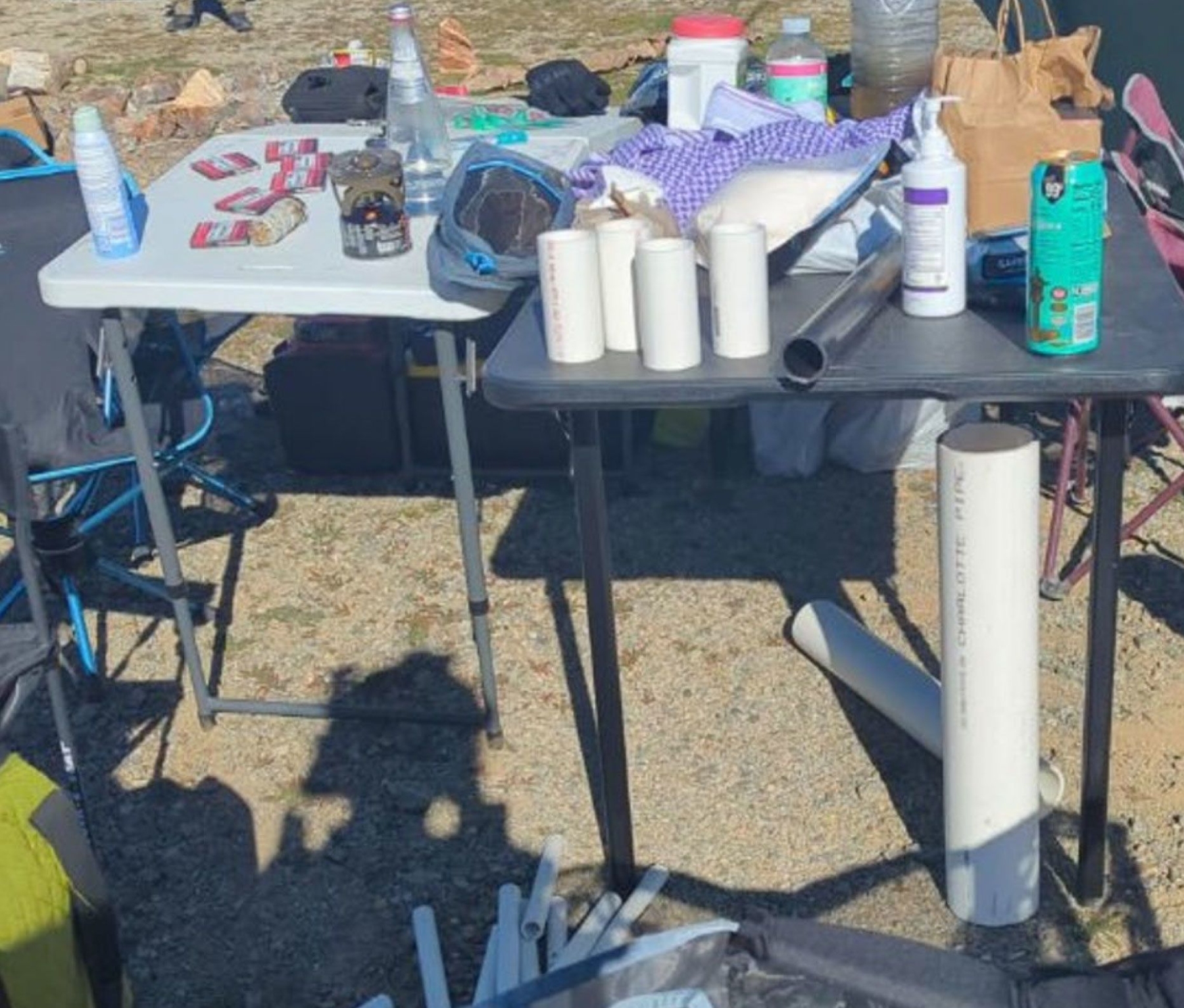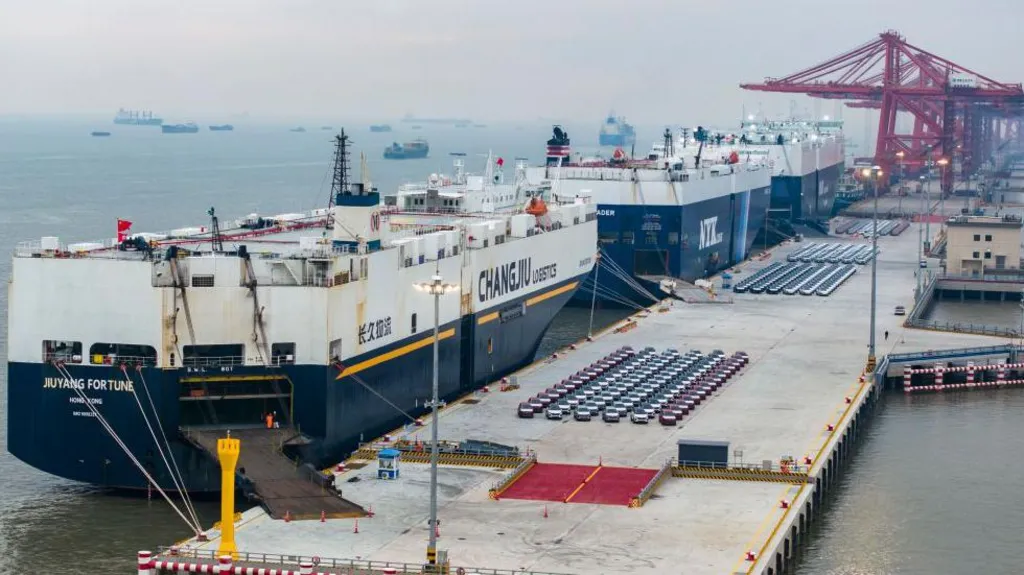
This article is more than
7 year oldWinter Olympics 2018: Will Pyeongchang be too cold for a Winter Games?
| XXIII Olympic Winter Games |
|---|
| Venue: Pyeongchang, South Korea Dates: 9-25 February |
| Coverage: Watch live on BBC TV, Red Button, Connected TVs, BBC Sport website and mobile app. |
Warped skis, fake snow and predicted windchill temperatures of -25C... is Pyeongchang going to be too cold for even a Winter Olympics?
As the name of the event suggests, it is supposed to be cold - but the 2018 edition, which starts on Friday, looks set to break all records.
Concerned athletes are already shivering on social media, so what will seriously sub-zero temperatures mean for events, for the equipment, and for the competitors and fans getting ready for 17 days of action?
How cold will it get?
Between -2C and -5C for the opening ceremony - starting at 20:00 local time (11:00 BST) - according to the Korean Meteorological Administration's news conference on Wednesday.
The agency says this is "on par" with average February temperatures in previous years of around 0C with temperatures at night getting down to around -10C. To date, the 1994 edition in Lillehammer, Norway, was the coldest Games on record with a low of -11C.
At nearly half a mile above sea level, Pyeongchang is regarded as one of the coldest regions of South Korea, and is Earth's coldest location for its latitude. But then on Wednesday parts of the UK woke up to temperatures as low as -9C - so what's all the fuss about?
It's the windchill factor.
At the opening ceremony rehearsal on Saturday, biting winds dropped the temperature to -23C. The agency said spectators should "brace themselves" and Olympics officials have warned everyone attending to "wrap up and prepare properly".

Too cold for actual snow? Bring in the fake stuff
Because of the freezing temperatures, Pyeongchang is susceptible to variable levels of snowfall. Major snowstorms are a rarity in the area, and in February 2017 it snowed on just seven days with an average snowfall of 6.3cm.
It's a concern shared by Games organisers who, as a result, have brought in snow cannons - which force cooled water and pressurised air through a 'snow gun' - to produce it artificially at a cost of £4.4m.
At the Yongpyong Alpine Centre - which will host slalom and giant slalom alpine skiing races - 250 snow guns served by three pumping stations have been installed.
Too cold even for Canadians - how will athletes cope?
"The wind is the worst - you walk around the Olympic village and it is like a nightmare," says Canadian skeleton racer Kevin Boyer,
"It's funny because coming from Canada we talk about being used to the cold but this is a cold we haven't seen before."
The first real test will be Friday's opening ceremony, with reports that some athletes may miss it altogether. The Italian team has already told any staff with existing health issues to skip the curtain-raiser and has reminded its athletes to keep moving at all times.
The US team have specially heated jackets for the opening ceremony, while Australian freestyle skier Lydia Lassila has turned down the opportunity to carry her nation's flag into the opening ceremony to avoid the cold before competition.
Team GB have, after a "significant" amount of planning, designed a kit geared around both "performance and warmth".
In terms of the events, cross country skiing rules say that at -20C racing will be postponed - but that's base temperature not including windchill factor.
Many previous Olympic events have been postponed because of wind, too much snow, or fog but never purely because it's too cold.
Read More (...)




